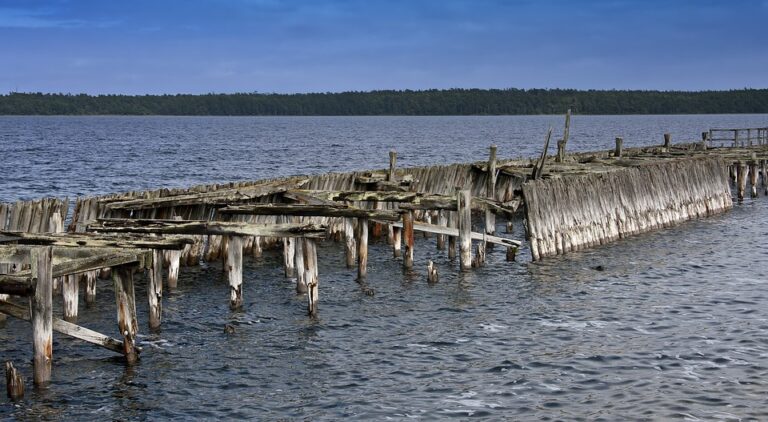Water damage can present a number of problems to property and causes millions of pounds worth of damage every day. Every year there are numerous insurance claims for damage to buildings and their contents caused by water.
1. Contemporary Lifestyles
Ever changing lifestyles can increase water hazards for an organisation or building, especially if there are more plumbed appliances or the property has been upgraded with an increased number of toilets and showers. Additionally, older properties with corroding pipes are a risk and should be replaced to limit the escape of water risk.
If a building has experienced DIY improvements and repairs, then it is also important to ensure that they have been installed correctly to prevent more serious damage happening in the future.
2. Consumer Climate
Escape of water may occur in winter when a frozen pipe is left un-lagged and bursts when the water starts to thaw. The implications can be extensive, with damage to the surrounding walls, floors and furniture all possible. This type of escape of water risk is particularly common in unoccupied properties when the pipes are not regularly warmed through heating. It is important for organisations to take extra caution in colder months by ensuring all exposed pipes are appropriately insulated and regular routine inspections are carried out.
3. Construction and Workmanship
Poor construction in a building can heighten the risk of escape of water and includes incorrect installation of modern plumbing methods and the failure of joints in pipework. Human error, such as valves being mistakenly left open prior to changing the water supply system can also cause a water leak. Therefore, organisations could consider making it mandatory for installations or repair work to only be carried out by a plumber who has the appropriate third party accreditation, such as APHC (Association of Plumbing and Heating Contractors) or CIPHE (The Chartered Institute of Plumbing and Heating Engineering).
It is important for organisations to understand how they can minimise their escape of water risk. These preventative measures will enable organisations to take robust actions in ensuring their risk exposure is minimised.
Below are some simple measures to put in place that may prevent escape of water incidents from occurring. Commercial property owners should:
– Ensure regular inspections are carried out on cold water tanks and pipework
– Inspect and maintain sealant around showers
– Repair dripping taps as soon as possible
– Check for dripping or leaking overflows
– Be aware that if heating fails, this may be due to freezing pipes
– Quickly isolate appliances if leaking
– Be aware and do not ignore signs of water leaks
– Ensure emergency call out numbers are available
Technological devices to minimise escape of water
The use of technological devices such as a remote meter reading and leak warning devices can provide useful assistance in identifying water leaks in a supply system. They have the ability to analyse water consumption and recognise abnormal usage trends, facilitating an early warning of water leaks.
In addition to this, devices can be designed for individual buildings and linked to a smartphone to enable a notification if a leak occurs when the property is unoccupied. Some devices also have the ability to cut off the water supply automatically.
For a commercial property insurance quotation please contact Horner Blakey Insurance Brokers on 020 7929 0108




